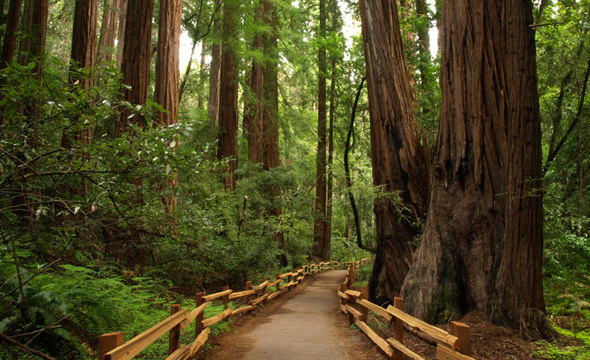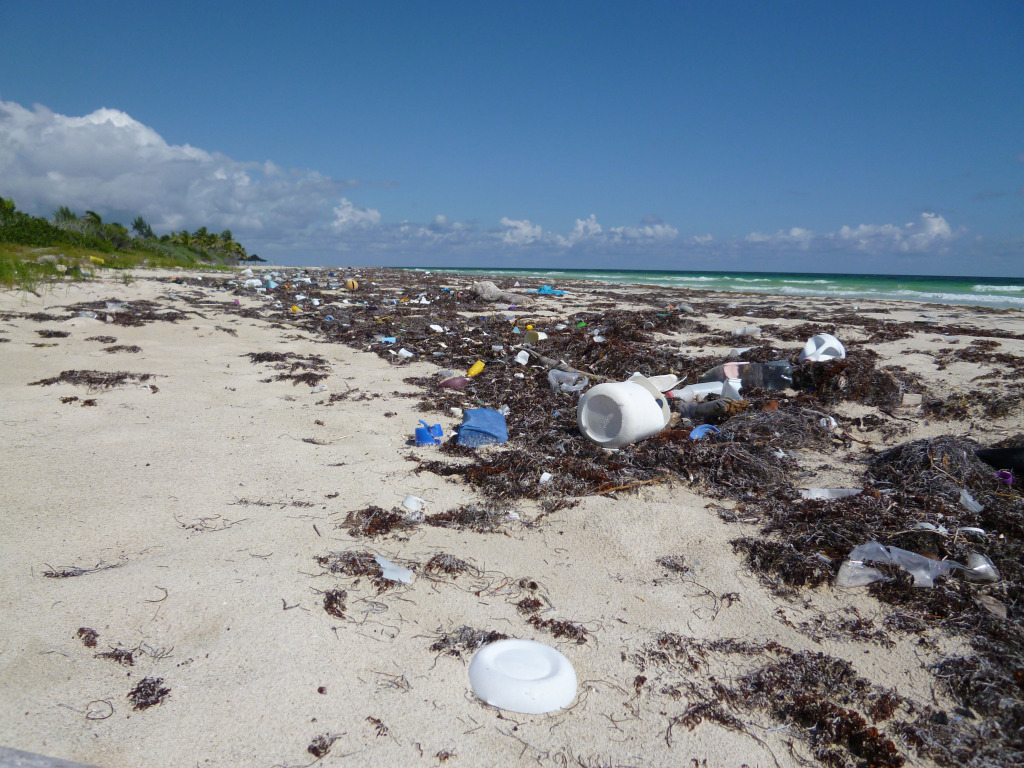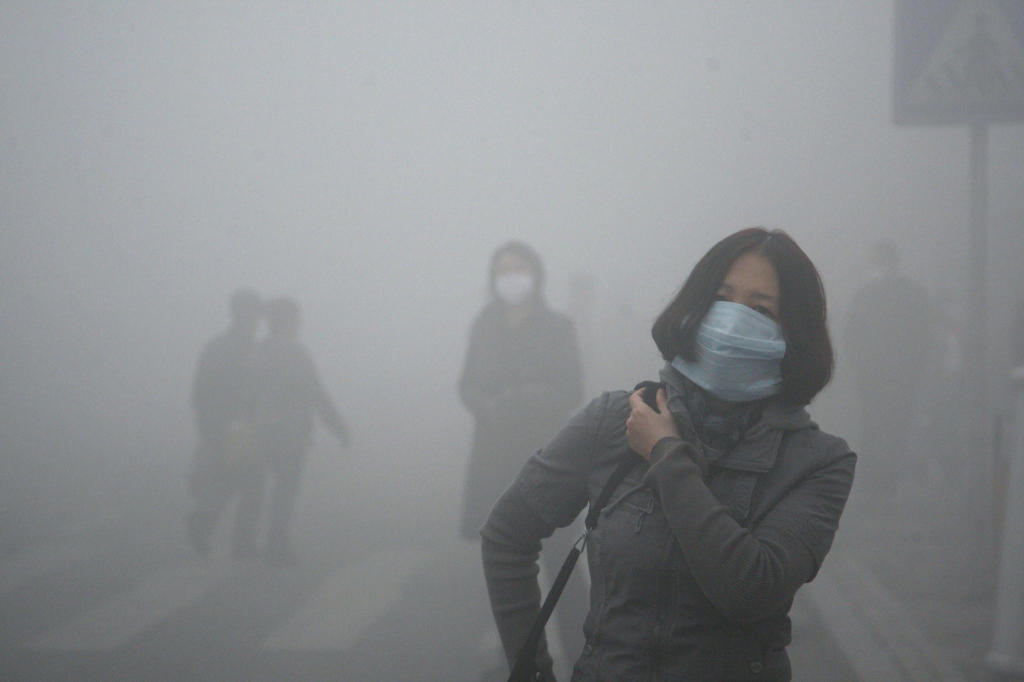I have always loved kids. There is something about them that grounds me whenever I am around them. Sometimes we adults get caught up in the stress of life—we’ve got bills to pay, people to see and there is always work to be done. But when I play with my new baby niece, my focus is 100% on her. Everything is a marvel to her and each new thing she sees has an impact on who she is and who she will be. When I spend time with her I wonder what her future will be like, and I wonder how she will learn and what she will learn.
It was with her in mind that I picked up Richard Louv’s popular book, Last Child in the Woods. In the book he writes, “An environment-based education movement—at all levels of education—will help students realize that school isn’t supposed to be a polite form of incarceration, but a portal to the wider world.” This sentence resonates very strongly with me. I imagine a child stumbling across a secret portal and jumping through it to discover and learn about another part of the world they are interested in. Can going to school create that portal?
The environment-based education movement that Louv is calling for seems like a simple request, but the change to make this happen is a huge endeavor. Louv’s book inspired the No Child Left Inside Coalition, which advocated funding for environment-based education on the federal level. Two legislative bills were introduced, one in 2009 that was later re-introduced in 2013, supporting this movement. It was called the No Child Left Inside Act. Unfortunately both of these bills have gone nowhere in congress. However, at the state level the movement is still alive in some places. California is one of those places.
In 2003 it was signed into law that California must develop a set of Environmental Principles and Concepts (EP&Cs) that would be incorporated into future textbook adoption. What struck me when I first read the EP&Cs was how closely they related to issues I see in the news today and experiences I have had in my everyday life. My second thought was how important these concepts are for my niece to learn one day. The first jumping off point into a portal that shows you the wider world is learning that there is a wider world out there and that our actions affect that wider world. Below I’ve listed the EP&Cs and a picture with each that contributed to my understanding of these concepts. I encourage anyone reading this blog post to write in the comments section a moment that they have experienced which illuminates one of these concepts.
People Depend on Natural Systems
The continuation and health of individual human lives and of human communities and societies depend on the health of the natural systems that provide essential goods and ecosystem services.

People Influence Natural Systems
The long-term functioning and health of terrestrial, freshwater, coastal, and marine ecosystems are influenced by their relationships with human societies.

There are no Permanent or Impermeable Boundaries that Prevent Matter from Flowing Between Systems
The exchange of matter between natural systems and human societies affects the long-term functioning of both.

Natural Systems Change in Ways that People Benefit from and can Influence
Natural systems proceed through cycles that humans depend upon, benefit from, and can alter.

Decisions Affecting Resources and Natural Systems are Complex and Involve Many Factors
Decisions affecting resources and natural systems are based on a wide range of considerations and decision-making processes.

When I apply the EP&Cs to my own experiences I realize that specific examples of the concepts change, but the concepts themselves remain unchanging. These concepts describe what is essential to keeping our lives on this planet sustainable. Louv writes, “Progress does not have to be patented to be worthwhile. Progress can also be measured by our interactions with nature and its preservation. Can we teach children to look at a flower and see all the things it represents: beauty, the health of an ecosystem, and the potential for healing?”
I believe it is in the EP&Cs that we have an answer to that question, and the answer is yes.


